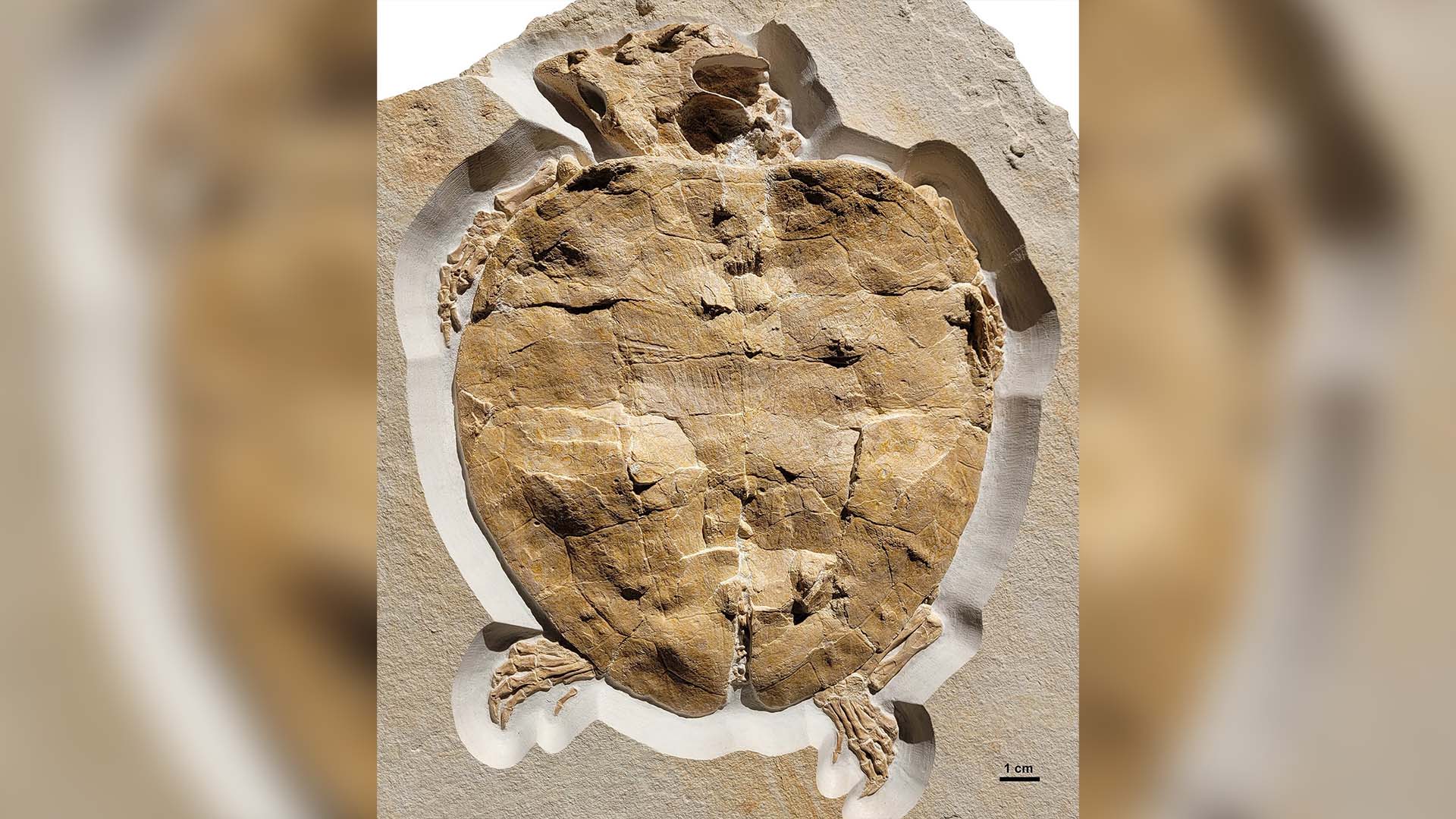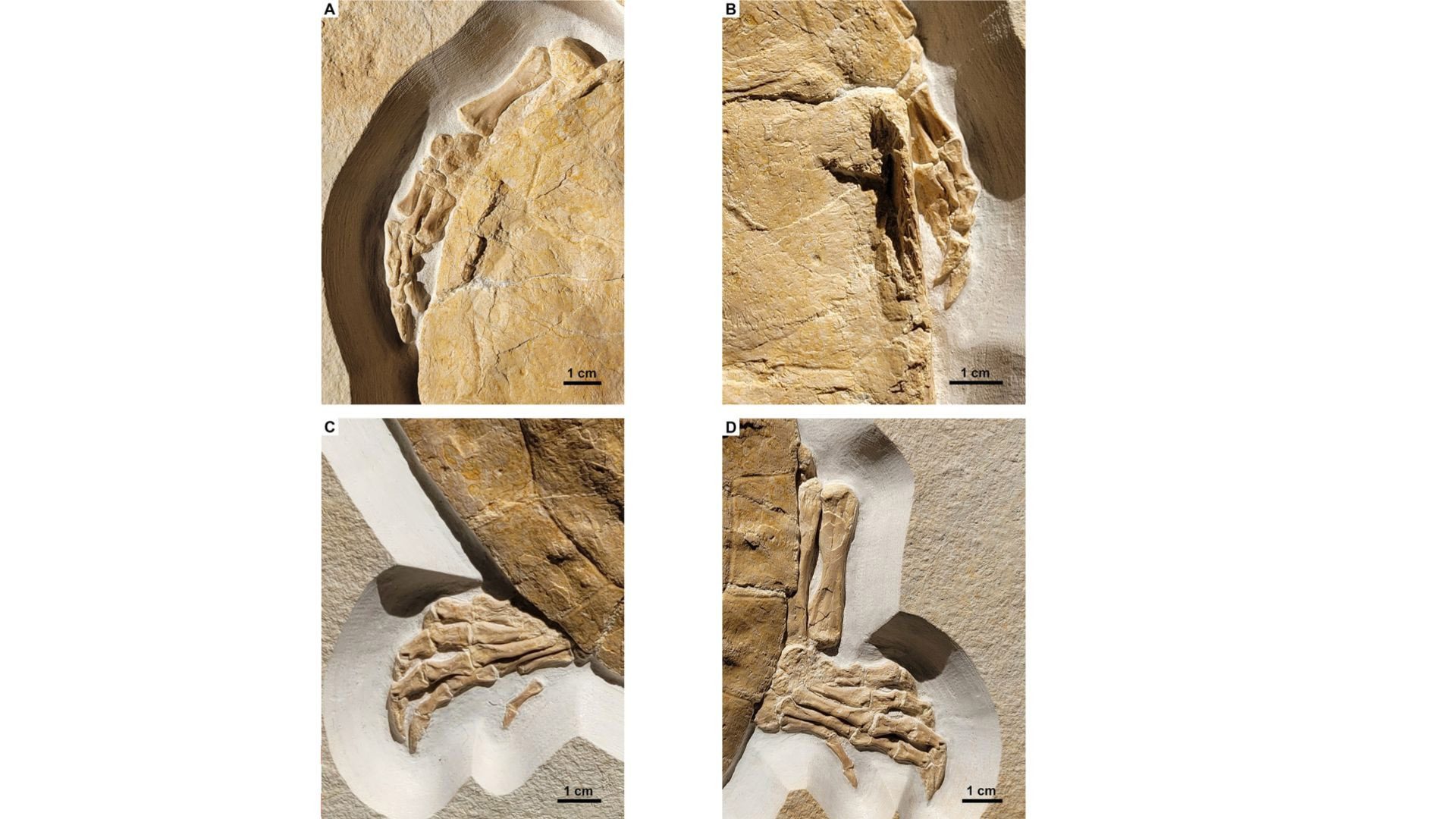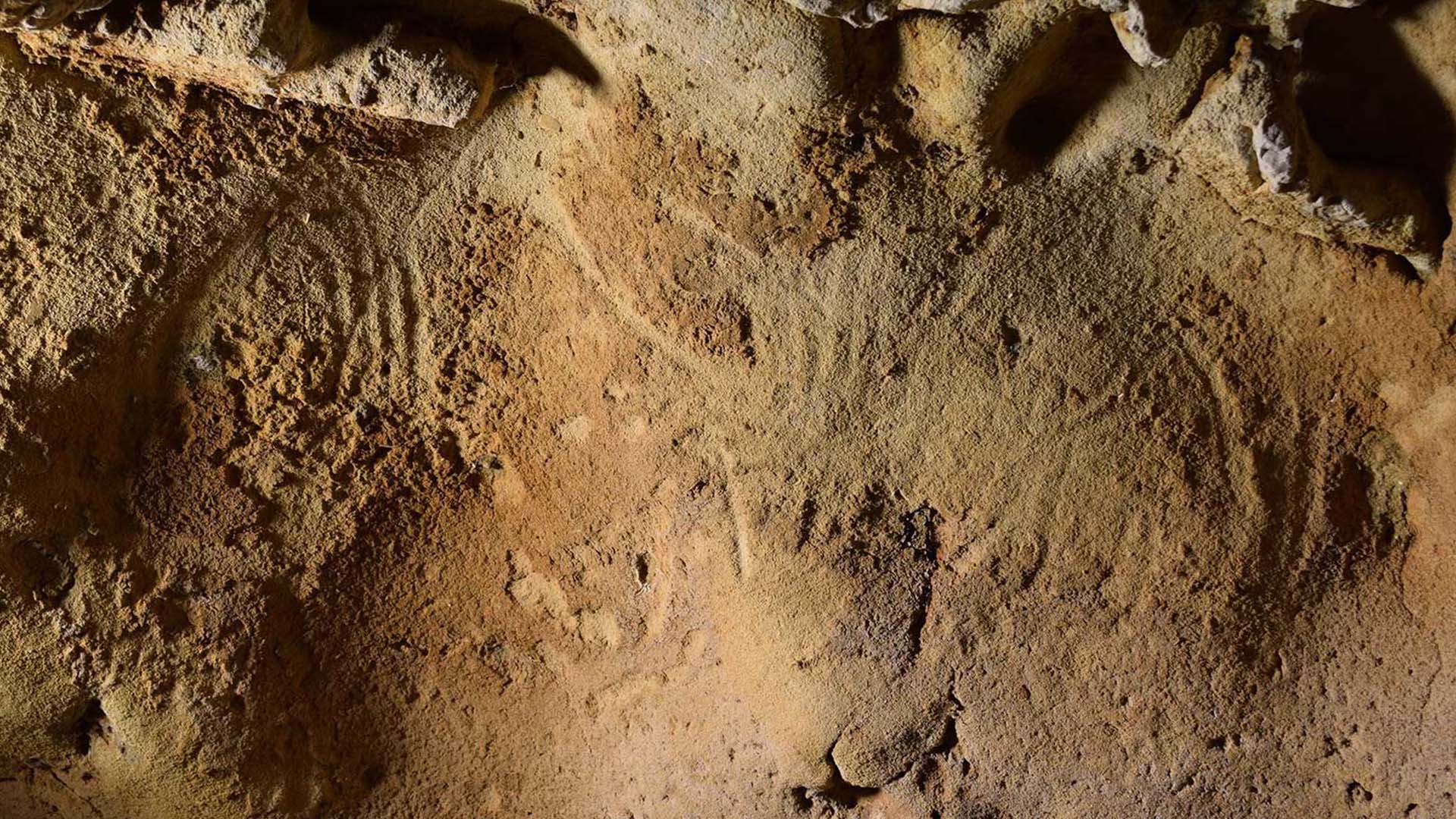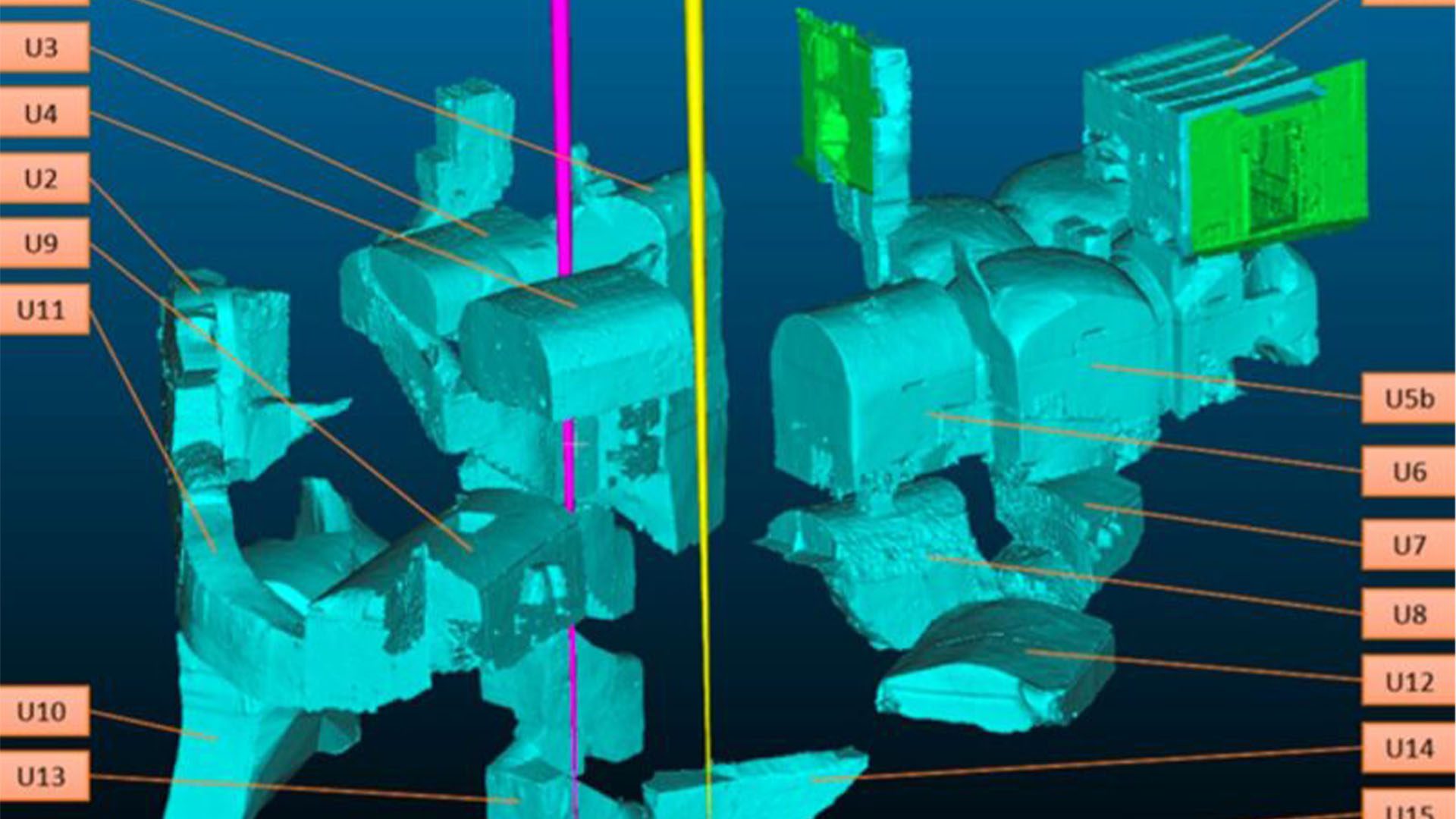A new study has unearthed a turtle specimen, discovered in the limestones of the Solnhofen area in Southern Germany, that dates back 150 million years ago.

Scientists discovered the specimen from the Torleite Formation called Solnhofia parsonsi, rocks that are renowned for their exceptional fossil preservation. They are particularly known for their preservation of vertebrates from the Mesozoic era, which was known as the “age of dinosaurs” and occurred between 252 million to 66 million years ago.
Found in the Painten region, the turtle fossil stands out as only the second to preserve both the skull and rear body bones in their natural position. The term “articulation” refers to how the preserved bones are connected the same way that they were during the animal’s life.
This allows scientists to study the complete anatomy of the animal, gaining valuable insights into the lifestyle, structure, and evolutionary history. Additionally, articulation in the rear regions provides researchers and paleontologists a more comprehensive view, allowing them to understand its movement, biology, and any ecological adaptations that occurred during its lifetime.
Based on the distinct characteristics such as the enlarged skull and elongated snout, the study identified the new turtle specimen as Solnhofia parsonsi. In life, the Solnhofia parsonsi measured about 12 inches from nose to tail and its skull measured approximately 4 inches.
“Compared to the size of the carapace, the skull is very large, reaching approximately 40% of the carapace (shell) length,” wrote the authors in the study.
Researchers also noted that the shell on the turtle’s back had a unique shape, resembling a five-sided polygon or pentagon. The back of the turtle’s shell had a wide notch, which is distinctive of the species. The shell narrowed toward the back, which is typical of Solnhofia parsonsi, and it had relatively short arms and legs for swimming (compared to other turtles). These features are similar to those of other ancient turtle groups called protostegids and chelonoids.
Fossils of this species of marine turtle were first discovered in the 1970s, but the new specimen “is the best-preserved individual of this species,” said lead study author Felix Augustin, a doctoral candidate in the Department of Geosciences at the University of Tübingen in Germany. “It is the first that preserves the complete skull, the complete shell, and also all four complete limbs.”
Prior to this new research, scientists believed that Solnhofia parsonsi lived primarily in the ocean because it had been found in many shallow marine areas. The new research, however, suggests otherwise.

Today’s marine turtles have elongated, rigid flippers which propel them through the ocean depths. The new and well-preserved fossils, however, show that the turtle species didn’t have stiff flippers like deep-sea turtles. This indicates that they likely lived closer to the shore in the marine environment.
The new discovery sheds light on the diversity of life during the Mesozoic era and, as researchers continue to study the specimen, it may reveal more revelations about life and creatures from this ancient world.
“We are particularly interested in reconstructing the ecosystem as a whole to show the diversity — how it functioned, and what different constituents of the ecosystems were present during the Late Jurassic,” stated Felix Augustin.







